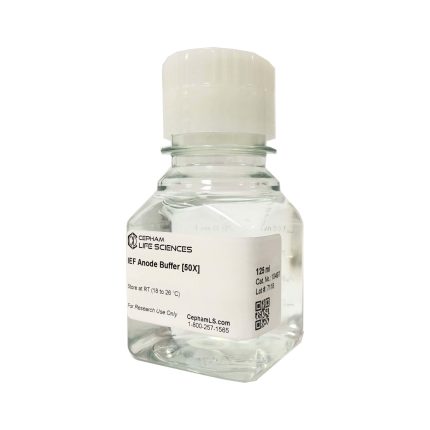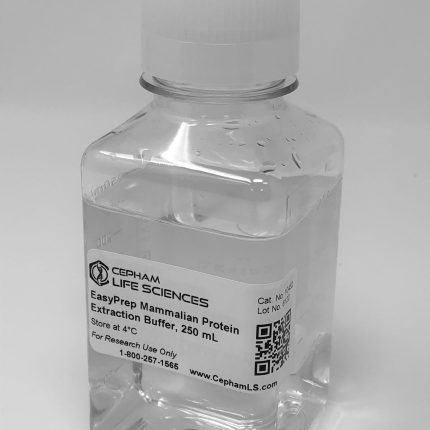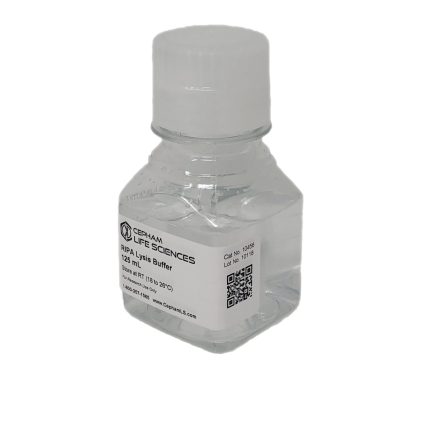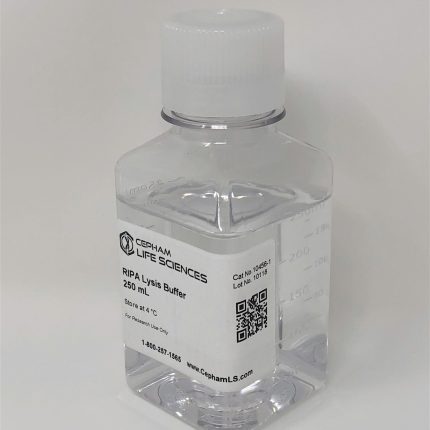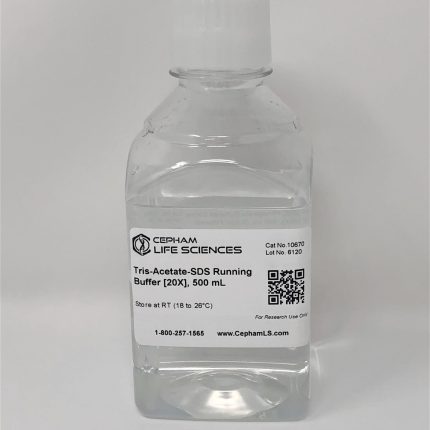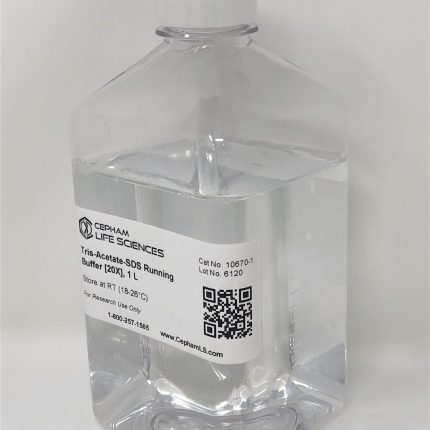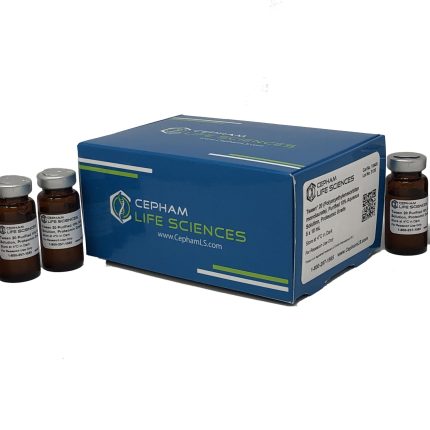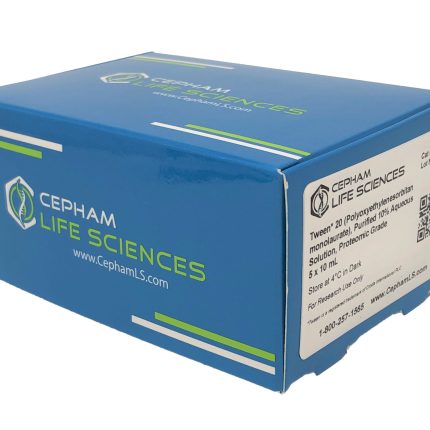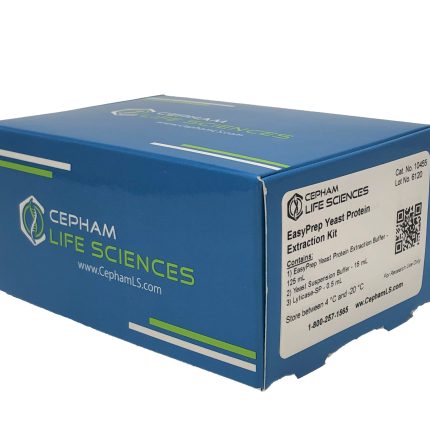ProQuant 660nm Protein Assay Kit is a cutting-edge solution designed for precise, reliable, and sensitive protein quantification. This assay is a quick method for measuring protein concentration and is compatible with higher concentrations of most detergents, reducing agents and other common reagents.
The ProQuant 660nm Protein Assay can be performed in either cuvette or microplate. The assay principle is based on a dye-metal complex that binds to proteins in an acidic medium, and upon binding, the reddish dye-metal complex turns to green, which can be measured at 660nm (645 to 670). The dye present in the reagent interacts mainly with basic residues in proteins, such as histidine, arginine and lysine and to a lesser extent tyrosine, tryptophan and phenylalanine.
This kit is Ideal for use in research, clinical laboratories, and biotechnology applications. The reagent supplied in the kit utilizes the 660nm absorbance wavelength for accurate protein detection, offering enhanced sensitivity and consistency in comparison to traditional assay methods.
This assay is a fast-binding colorimetric assay, which relies on the binding of the dye compound to proteins in solution before quantifying the dye by reading its absorbance at 660 nm. Since the amount of free dye is corrected for by a non-protein containing blank, the absorbance of the dye can then be correlated to the absorbance of the protein.
To convert the absorbance value to the concentration of the protein sample, a standard curve using standards of a known amount of protein such as BSA is constructed. Since the 660 assay is most accurate between the concentrations of 25 ug/mL and 2000 ug/mL, all standards fall along this range. After the standard curve is constructed, a linear curve can be fit to the data and calculate the concentration of the protein in a sample. , so The assay samples can sit for long periods of time before being read, since the endpoint of the dye-protein complex is stable.
Key Features:
- Ready-to-use
- Fast measurements
- Detergent compatible
- Reducing agent compatible
- Microplate and Cuvette compatible
- Standard curves more linear than Coomassie dye based Bradford method



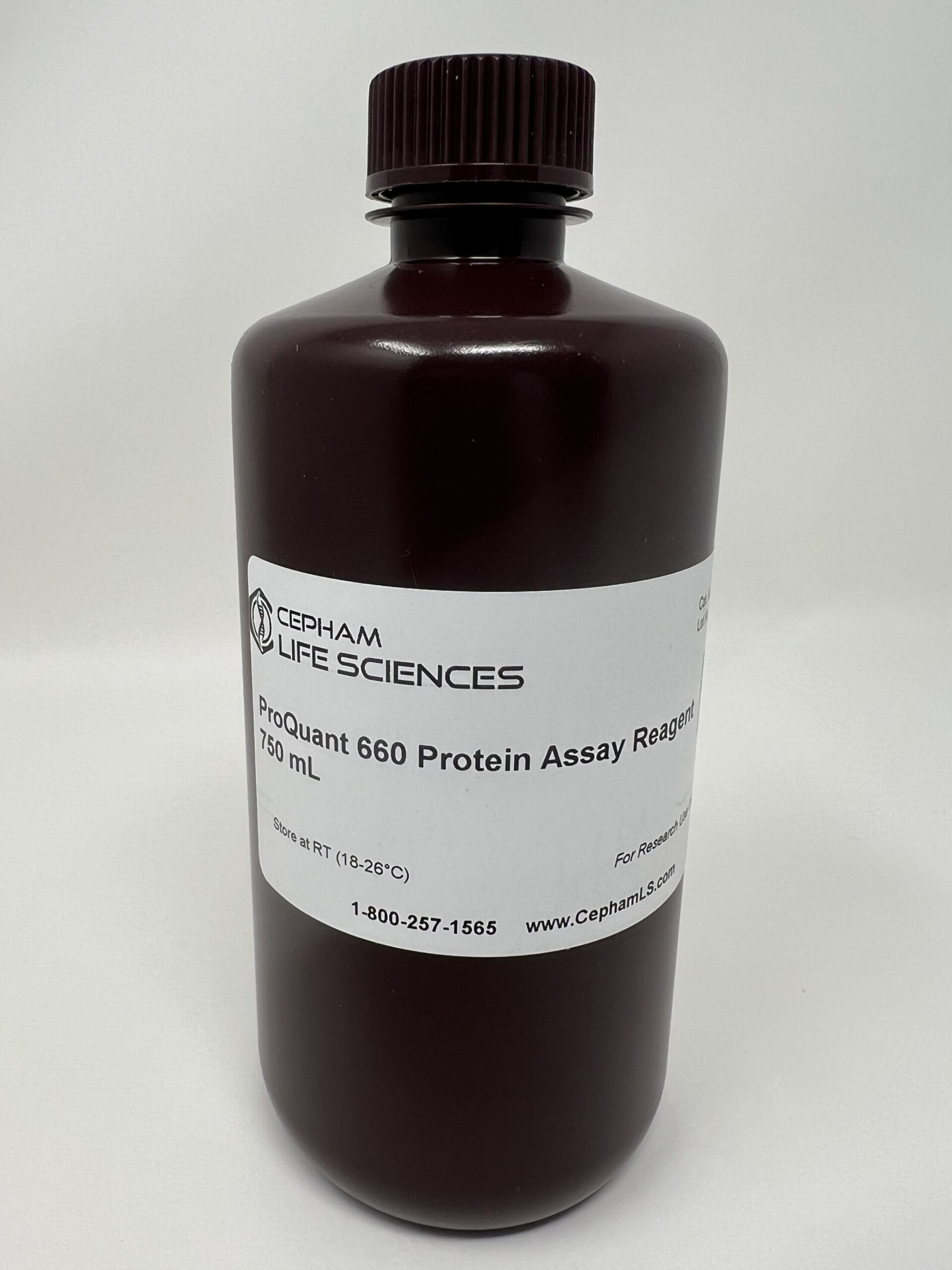

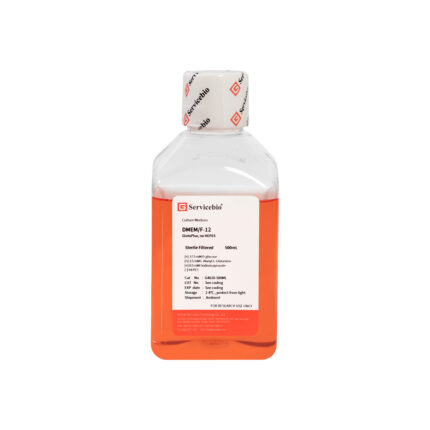


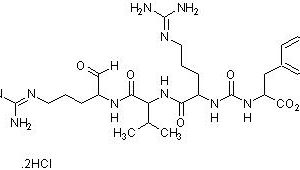
![IEF Anode Buffer [50X]](https://www.cephamls.com/wp-content/uploads/2019/02/10496-3-430x334.jpg)
